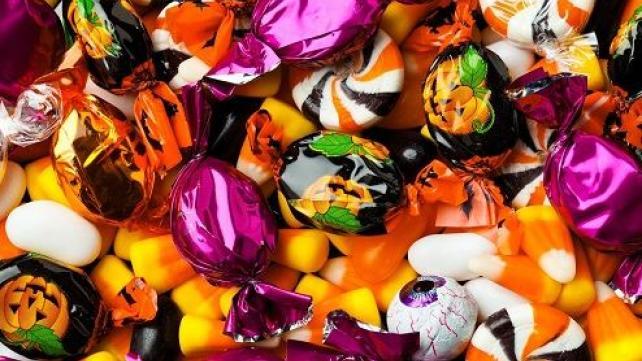
As Halloween decorations fill the streets with pumpkins and ghosts, Muslim kids might feel left out of the celebrations. Their friends might be planning to go trick-or-treating or attend a costume party, and Muslim kids are stuck wondering why their family chooses not to celebrate. Many Muslim families prefer not to partake in these traditions, and often do not give their kids a sufficient explanation. This article will explain the history of Halloween and its origins as an ancient Celtic festival, tracing the evolution of the holiday into the one we recognize today.
Halloween’s Celtic Origins:
Halloween originated as an ancient religious Celtic festival known as Samhain (pronounced “sah-win”). Celtic culture was centered in ancient Europe, especially in Ireland, Britain, and parts of France from around 1200 B.C. to the 1st century, when most of their lands were conquered by the Roman Empire. Early Roman documentation describes the Celts as “barbarians,” but archaeological discoveries reveal that Celtic societies were extremely civilized, and traces of their civilization remain in our modern world.
Samhain signified the end of the harvest and the beginning of winter. The Celts believed that on this day, spirits would come to Earth. They celebrated the New Year with feasts and festivals, but Samhain mainly consisted of religious rituals to protect the tribe from harmful spirits. The Celtic Druids (Celtic priests) would light a bonfire. This bonfire was used to sacrifice animals and crops to their gods and goddesses. The Celts also believed that disguising themselves as animals or ghosts would confuse the evil spirits and keep them away. Overall, Samhain was a day of rituals to protect Celtic tribes from evil spirits and to celebrate the harvest.
From Pagan Rituals to Christian Traditions:
By the late 1st century, most Celtic lands had been conquered by the Roman Empire. This led to Celtic and Roman traditions fusing over time. In 609 CE, Pope Boniface IV introduced All Martyrs Day to honor Christian Martyrs. In the 8th century, Pope Gregory III changed the holiday into All Saints Day and moved the date to November 1st. All Saints Day, in Middle English, was called Alholowmesse, and the holiday was also known as All-Hallowmas or All-Hallows. Samhain, which took place the night before All Saints Day, was called All-Hallows Eve.
Halloween in America:
Because of Protestant beliefs in early America, Halloween was more popular in the southern colonies. Even so, it was not as big a holiday as it is today. Additionally, many of the original Samhain traditions were forgotten, and Halloween was a day to celebrate the harvest, where people would gather to tell scary stories and dance. In the late 19th century, there was an increase in Halloween celebrations in the U.S. due to the influx of Irish immigrants. Halloween traditions and the nature of the holiday shifted greatly during this time as well. It changed from a religious celebration to one of family and community. The tradition of “Trick-or-Treating” emerged as families began to dress up in costumes and visit different houses to ask for food and money. Throughout the late 1800s and the 1900s, Halloween gradually evolved into its current state.
What This Means for Muslim Families:
Halloween’s permissibility in Islam is an extensive debate. Some scholars argue that it is impermissible due to its early pagan ties to Samhain, while others contend that it is permissible as long as the celebrations do not contradict Islamic beliefs. Ultimately, it is the family's decision. However, whether a family partakes in the celebrations or not, educating their kids is important. Children will always ask questions, and choosing not to give them the answers will make them feel even more left out. Learning and explaining the history of Halloween can help Muslim families know how to approach it and help their children understand and accept their decisions.
Author bio: Uthman Guadalupe is a Latino Muslim college student with a passion for history and art. He is an assistant Brazilian Jiu Jitsu coach and freelance illustrator. He is fluent in Spanish and lives with his family in Maryland where he also enjoys playing video games and binging shows.



Add new comment